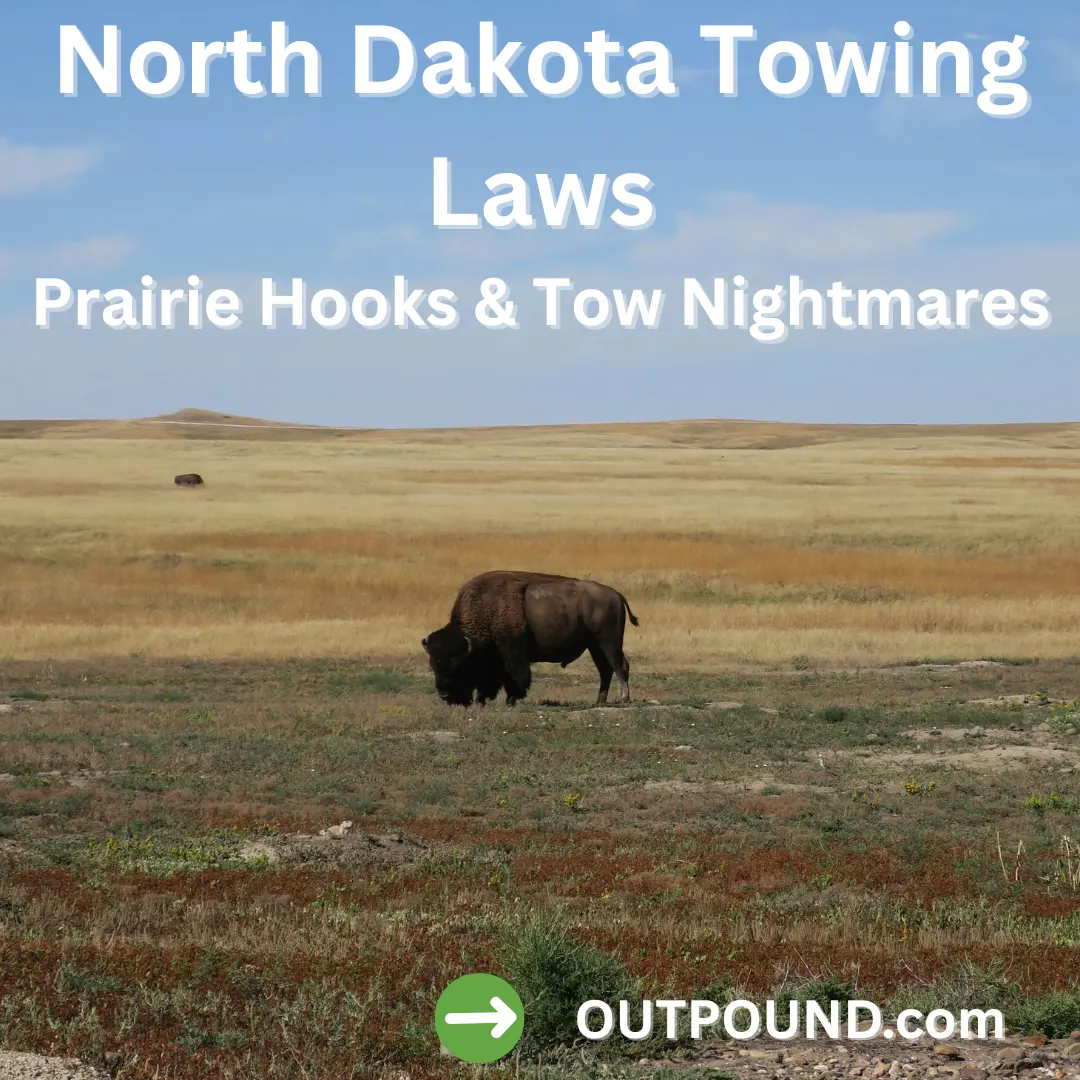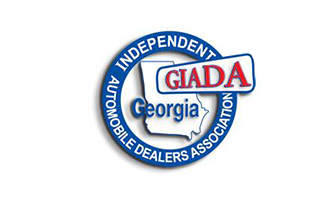Prairie Hooks & Tow Nightmares

Welcome to North Dakota, where the scenery is gorgeous, the air is crisp, and your car can vanish faster than a snowdrift in April. From Fargo to Bismarck, tow trucks patrol streets and private lots with the precision of a prairie hawk, ready to snatch any vehicle that violates the rules. But before you panic, here’s the lowdown on what you need to know to survive the state’s towing system.
Who Can Tow?
In North Dakota, towing companies must be licensed by the state to operate legally. Tow operators can remove vehicles in three main scenarios: at the request of law enforcement, by property owners with proper signage, or through municipal authorization. Essentially, if a police officer, business, or city official says “tow it,” these licensed drivers have the right to act.
Private property tows are common, especially in apartment complexes, shopping centers, and college campuses. The law requires a posted notice indicating that unauthorized vehicles may be towed, but don’t expect the signs to be giant billboards—they can be small, tucked behind a fence, or partially obscured by a snowbank in winter.
When Can They Tow?
North Dakota allows towing in a variety of situations. Common legal reasons include:
- Parking in fire lanes or blocking driveways
- Abandoned or inoperable vehicles
- Parking without proper permits on private property
- Vehicles with expired registration or unpaid parking citations
Municipalities may have additional ordinances, such as snow emergency regulations, where vehicles left on designated streets during plowing can be towed immediately. In smaller towns, tow companies often patrol streets proactively, giving little warning before a hook appears.
Notification Requirements
Tow companies must notify local law enforcement within a short window after removing a vehicle, usually within two hours. Police then log the vehicle into a database so owners can locate it. While the law aims to protect vehicle owners, in practice delays are common, and many North Dakotans first learn their car was towed when they return to the lot, or when they get a surprise notice in the mail.
Fees and Storage
North Dakota law sets guidelines for tow and storage fees, but “reasonable” is a subjective term. Base tow fees typically range from $125–$200, while daily storage costs hover around $20–$35. Additional fees: after-hours retrieval, mileage, winching, or administrative surcharges, are often applied at the tow yard’s discretion. In rural areas, long-distance tows can dramatically increase costs, leaving owners with a bill that rivals their car’s value.
Vehicle Recovery
To reclaim your car, you must present:
- A government-issued ID
- Proof of ownership (title or registration)
- Proof of insurance
- Payment for all fees (often cash, sometimes card)
Expect limited hours at rural tow yards and potential bureaucratic delays if any paperwork is missing or mismatched. Storage fees continue to accumulate until the car is released.
Legal Recourse
Owners may dispute illegal or excessive tows in small claims court or through local municipal channels. Successful claims require documentation: photos, notices, and receipts. However, many drivers pay first and argue later because the process can take weeks and the tow companies rely on most people’s impatience.
The Frozen Tow Zone: Where Cars Hibernate and Wallets Cry
North Dakota’s tow industry combines winter efficiency with small-town monopolies and vague local ordinances. Fees are high, notices are inconsistent, and frustration is guaranteed. But there’s a way to stay ahead of the madness: OUTPOUND.com. Track your vehicle, verify fees, and plan your retrieval before your car becomes a permanent fixture of the Prairie State’s icy impound lots.

